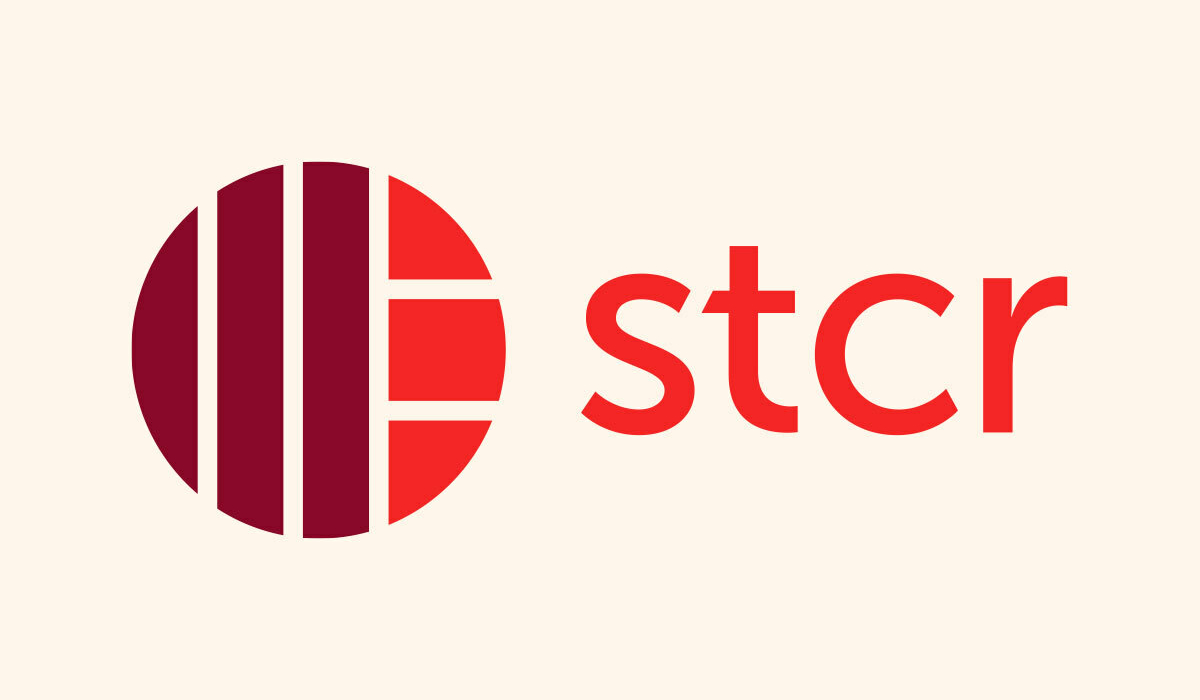
When done right, self-checkout can take your store to the next level. Customers experience fast and easy shopping. Stores save through end-to-end efficiencies. Loyalty grows. But, when self-checkout is poorly implemented, it can lead your customers right out the door to a competitor.
One way to maximize the benefits of self-checkouts for your store is to reduce friction at the front end. Friction comes from a bad user experience. “Item not found” is the kind of message that can make your shoppers give up and wish that they opted for a traditional checkout instead.
Produce is a common source of this self-checkout friction. A recent report by PYMNTS and Toshiba showed that produce scanning is the main sticking point when it comes to grocery self-scanning. The report found that:
30% of grocery customers used self-checkout for their most recent shopping trip.
But —
35% of those who prefer self-checkout find self-scanning produce items to be inconvenient.
And, 52% of shoppers said that they would likely not use a self-checkout option if their cart contained a large amount of produce.
So, how can grocery stores experience the benefits of self-checkout while encouraging use and improving customer satisfaction for all shoppers — including those who typically load up on fresh fruits and veggies?
First, grocers can invest in technology that uses computer vision to help minimize produce self-scanning friction. New and emerging tech can identify produce items, even distinguishing between apple varieties. The solution can also be more simple, too, such as using individual item barcode scanning for produce or ensuring a user-friendly way to search for items at the self-checkout. Many systems, including Toshiba’s Self Checkout systems, allow for a simple text-based search, which is a good solution for when item stickers are missing for whatever reason.
But, beyond computer vision and other technology, stores can reduce friction in other areas of checkout to make up for small delays that may be unavoidable in scanning produce. For example, today’s self-checkout systems can interpret shopper behavior and correct common mistakes. Systems can also balance friction issues vs. risk by providing helpful messages along while customers self-scan. If your shopper enters the code for a five-pound watermelon, but only bags a five-ounce item, the screen can give a gentle reminder to check the item. Exceptions like a scanning weight/bagging weight discrepancy can also be monitored remotely or at the front-end, too, helping to speed up the checkout.
Self-checkouts are a big part of today’s in-store shopping experience, no matter how big or small your store may be. But not all self-checkout systems are made equal, and the right implementation is the key to success. STCR does more than just sell self-checkout systems, we help stores plan and execute complete retail solutions that provide the most value today and best prepare for innovations and changes in the future. Learn more about STCR’s smart retail solutions today!